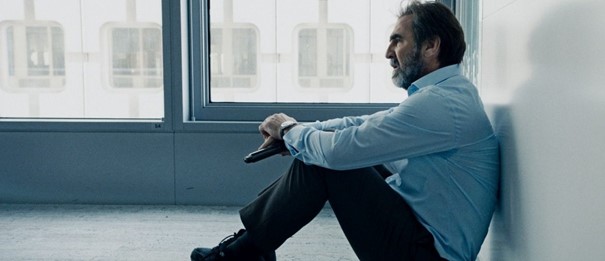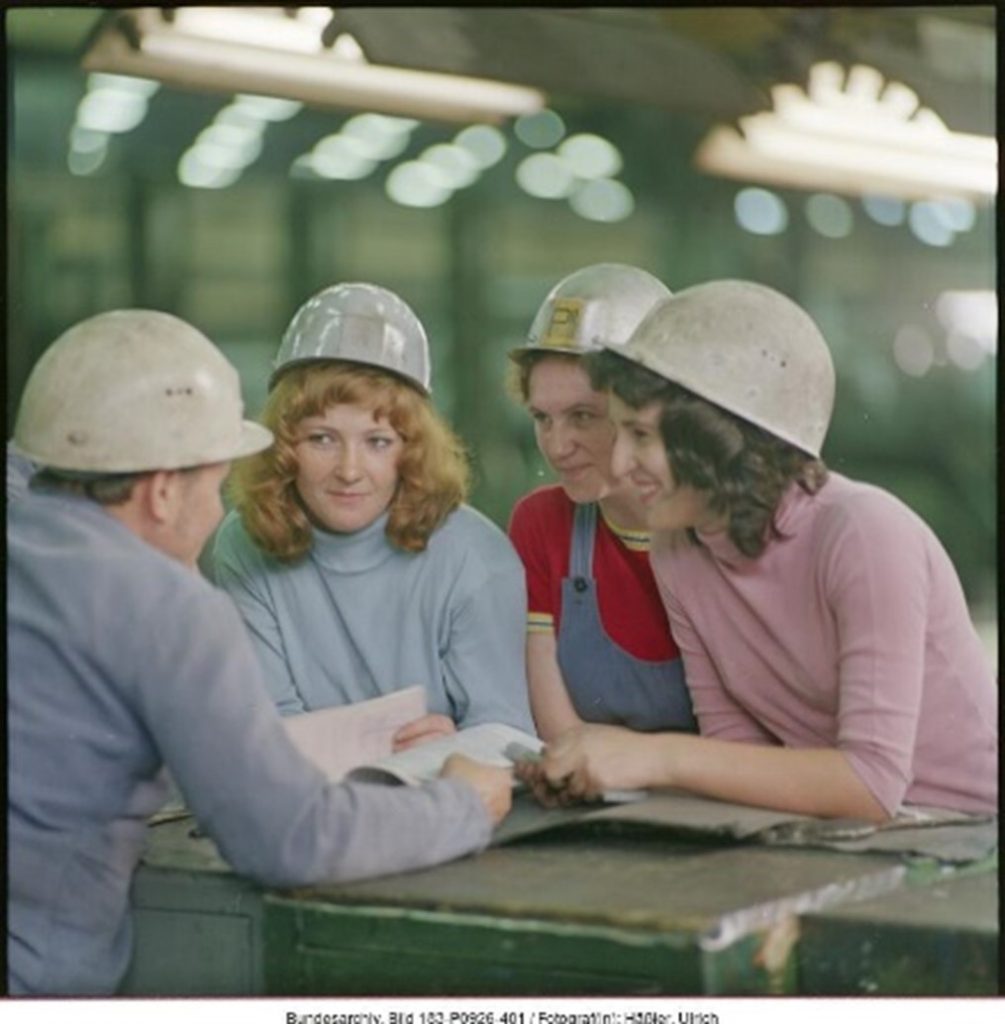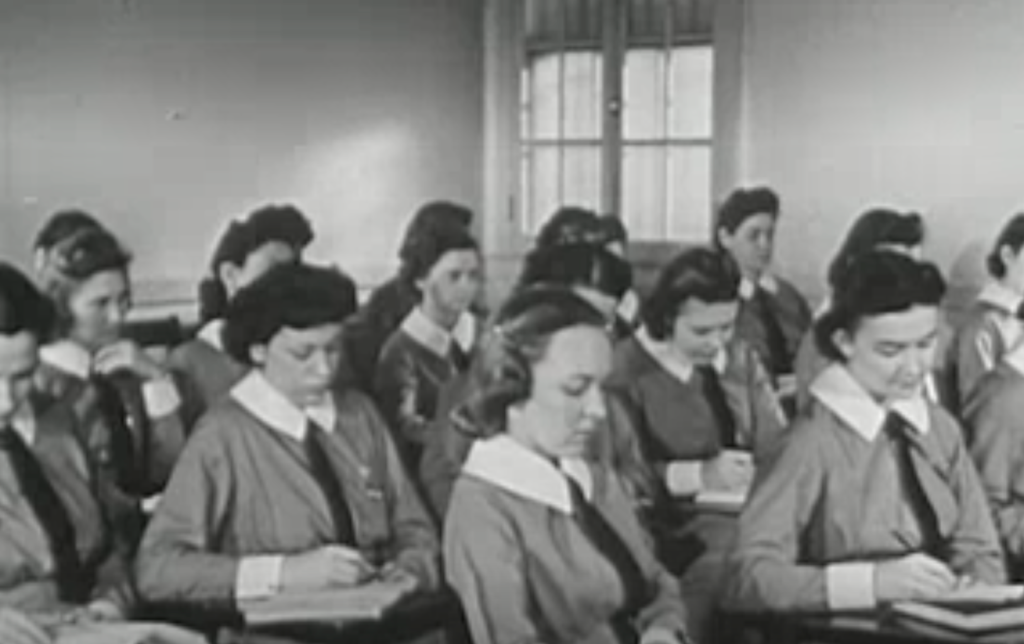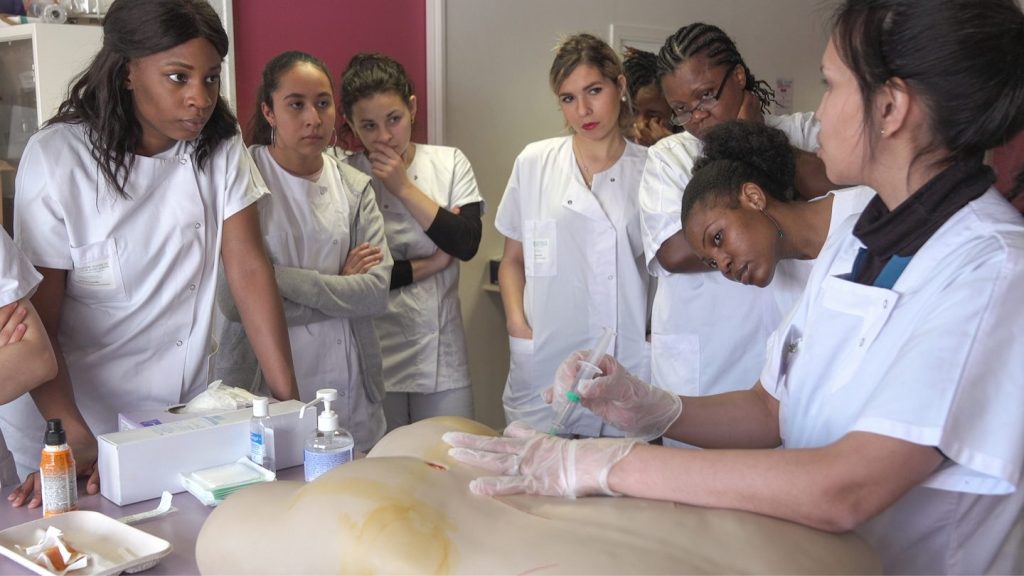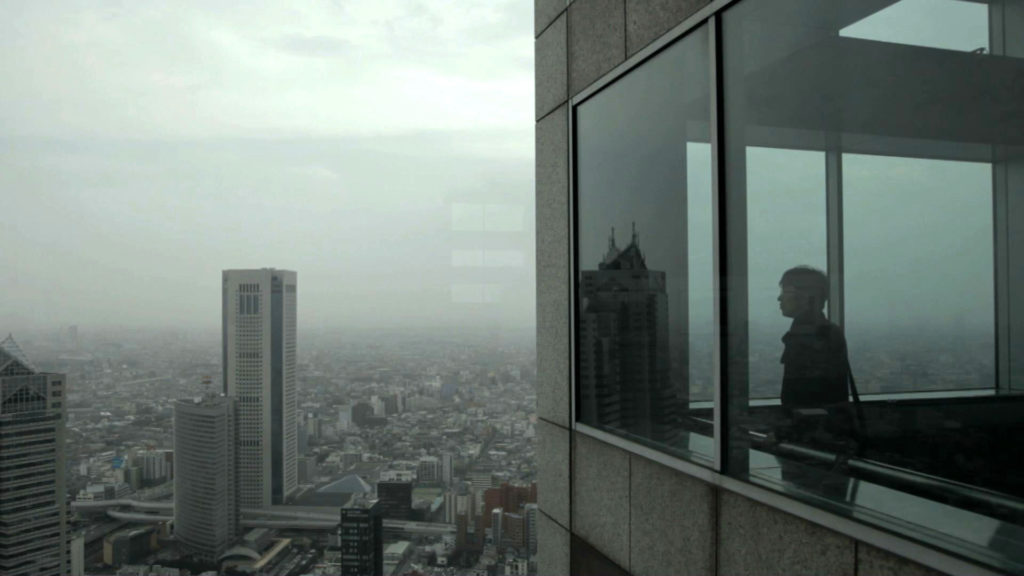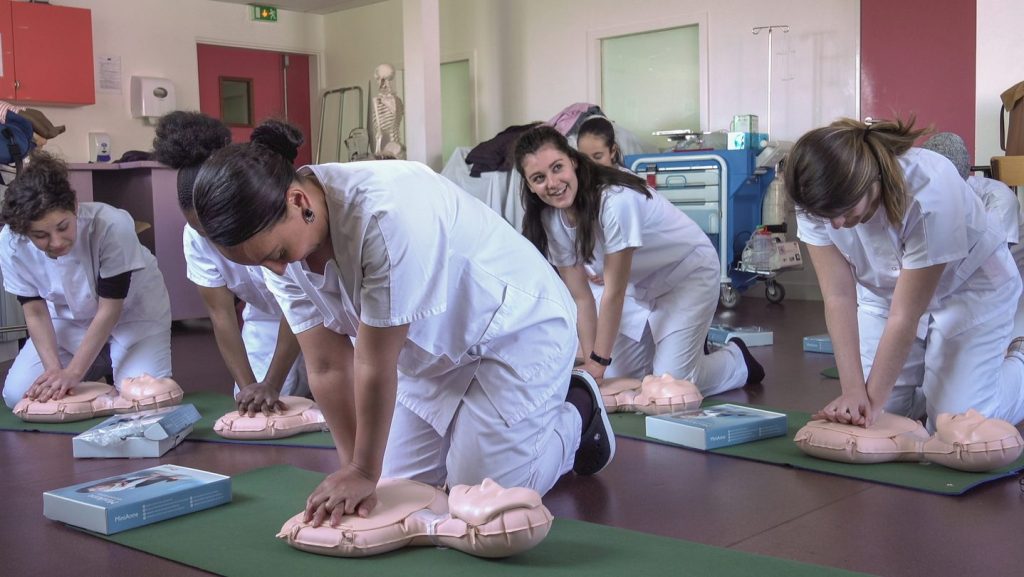Night Mail — The Poetic Gaze
In the 1930s, the British Post Office (General Post Office — GPO) was forced to fend off looming privatization plans. The GPO’s dedicated Film Unit was commissioned to produce a series of films that would enhance the public image of the institution, while at the same time combating low morale among the workforce by restoring fascination and pride in the service. Directors Harry Watt and Basil Wright were tasked with portraying the London-Glasgow-Edinburgh-Aberdeen main postal train route.
Set to the music of Benjamin Britten and a poem by W.D. Auden, the b/w images of the Postal Special’s journey from London to Glasgow have a suggestive effect.
Panning across a bleak Scottish landscape, the whistling of the wind overlaid by a beat, the distinctive white smoke of the train in the valley and a voice-over to the hard rhythmic beat of the steam engine.
This is the night mail crossing the Border,
Bringing the cheque and the postal order,
Letters for the rich, letters for the poor,
The store at the corner, the girl next door.
The train works its way powerfully up the mountains as the stoker feeds the fire in the furnace with coal, shovel after shovel.
In the farm she passes no one wakes,
But a jug in a bedroom gently shakes.
The ascent is complete as dawn breaks, set to a sublime score, the view opens up to the brightening sky as the engineer wipes his sweat from his brow.
Dawn frenshens, Her climb is done.
Down toward Glasgow she descends.
In the staccato of the rapid descent, we learn about the variety of letters, practically the whole spectrum of life that the mail train has on board.
Letters of thanks, letters from banks,
Letters of joy from girl and boy,
Clever, stupid, short and long,
The typed and the printed and the spelt all wrong.
At the end of the 23:23 min long documentary it’s probably the last 3:14min that so closely resemble an independent film, that makes “Night Mail” such a masterpiece.
The fact that “Night Mail” is not just a regular image film, but a work of art, is due in no small part to John Grierson, one of the narrators in the film, who actually criticized the end of the rough cut version. He complained that the images documented merely the “machinery” of mail distribution, yet did not show the people who write and receive the letters. The filmmakers then decided to create an additional sequence with a poem spoken to music.
Lastly I will deal with the opening 20 minutes of the film, which show this “machinery” in detail, in the second part of “Night Mail”. This section is more conventionally designed, but also offers us a closer look at the working world of the 1930s.
Night Mail by W H Auden
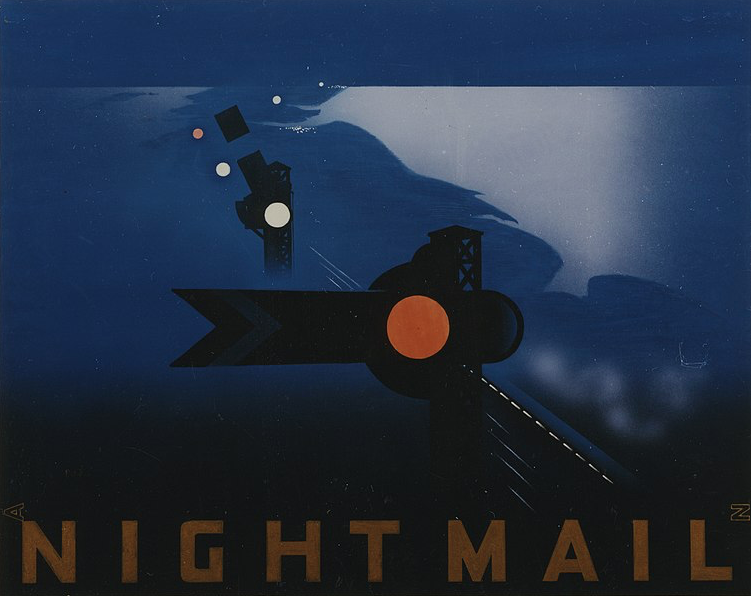
Publicity poster for the documentary film "Night Mail"
© artwork by Pat Keely
Night Mail — The Poetic Gaze
In the 1930s, the British Post Office (General Post Office — GPO) was forced to fend off looming privatization plans. The GPO’s dedicated Film Unit was commissioned to produce a series of films that would enhance the public image of the institution, while at the same time combating low morale among the workforce by restoring fascination and pride in the service. Directors Harry Watt and Basil Wright were tasked with portraying the London-Glasgow-Edinburgh-Aberdeen main postal train route.
Set to the music of Benjamin Britten and a poem by W.D. Auden, the b/w images of the Postal Special’s journey from London to Glasgow have a suggestive effect.
Panning across a bleak Scottish landscape, the whistling of the wind overlaid by a beat, the distinctive white smoke of the train in the valley and a voice-over to the hard rhythmic beat of the steam engine.
This is the night mail crossing the Border,
Bringing the cheque and the postal order,
Letters for the rich, letters for the poor,
The store at the corner, the girl next door.
The train works its way powerfully up the mountains as the stoker feeds the fire in the furnace with coal, shovel after shovel.
In the farm she passes no one wakes,
But a jug in a bedroom gently shakes.
The ascent is complete as dawn breaks, set to a sublime score, the view opens up to the brightening sky as the engineer wipes his sweat from his brow.
Dawn frenshens, Her climb is done.
Down toward Glasgow she descends.
In the staccato of the rapid descent, we learn about the variety of letters, practically the whole spectrum of life that the mail train has on board.
Letters of thanks, letters from banks,
Letters of joy from girl and boy,
Clever, stupid, short and long,
The typed and the printed and the spelt all wrong.
At the end of the 23:23 min long documentary it’s probably the last 3:14min that so closely resemble an independent film, that makes “Night Mail” such a masterpiece.
The fact that “Night Mail” is not just a regular image film, but a work of art, is due in no small part to John Grierson, one of the narrators in the film, who actually criticized the end of the rough cut version. He complained that the images documented merely the “machinery” of mail distribution, yet did not show the people who write and receive the letters. The filmmakers then decided to create an additional sequence with a poem spoken to music.
Lastly I will deal with the opening 20 minutes of the film, which show this “machinery” in detail, in the second part of “Night Mail”. This section is more conventionally designed, but also offers us a closer look at the working world of the 1930s.
Night Mail by W H Auden

Publicity poster for the documentary film "Night Mail"
© artwork by Pat Keely

Bossnapping à la Cantona
In the last two decades in particular, disputes between management and workers in France have become increasingly intense. The so-called "bossnapping", the hostage taking of management, masterfully staged by Éric Cantona in the Netflix series ‘Inhuman Resources’ (2020), provides a telling example.
Eastern German Women. Self-realisation through employment
As a woman you always have to be better than the best man in the team. That's the minimum for a successful woman, where patriarchy works." This is how Maria Gross, a cook and restaurateur from Thuringia, sums up the situation of East German Women (2019) in a MDR-documentary by Lutz Pehnert.
Between enlightenment and ‘plugging’. A history of vocational guidance films on nursing
Combating nursing shortages through film has a history. A W-o-W film evening explored the changing nature of the nursing profession through vocational guidance films over the last 80 years.
Capturing ‘Each and Every Moment” of nurses in training
A W-o-W film evening contrasted vocational guidance films with "Each and Every Moment", a heartfelt documentary by Nicolas Philibert on training of nurses at the La Croix Saint-Simon hospital in the suburbs of Paris.
Hikikomori — depression as rebellion?
What can Europe learn from Japan's experience dealing with NEET youth, those who are neither in employment nor training?
W‑o-W Filmscreening #1: Nursing shortage in the spotlight
Work-o-Witch invites to its first film screening to discuss the role of film in the professional training of nursing staff and as a medium for addressing skills shortages, on 10 November 2022, at the Arthouse-Cinema of the University of Music and Performing Arts in Vienna.

About this blog
By selecting a film or an image, this blog literally illustrates the vast sphere of work, employment & education in an open collection of academic, artistic and also anecdotal findings.
About us
Konrad Wakolbinger makes documentary films about work and life. Jörg Markowitsch does research on education and work. They are both based in Vienna. Information on guest authors can be found in their corresponding articles.
More about
Interested in more? Find recommendations on relevant festivals, film collections and literature here.
About this blog
With picking a film or an image, this blog literally illustrates the vast sphere of work, employment & education in an open collection of academic, artistic and also anecdotal findings.
About us
Konrad Wakolbinger makes documentary films about work and life. Jörg Markowitsch does research on education and work. We both work in Vienna. Information on guest authors can be found in their respective articles.
More about
Interested in more? Find recommendations on relevant festivals, film collections and literature here.


